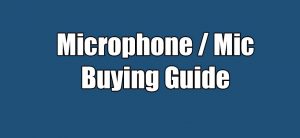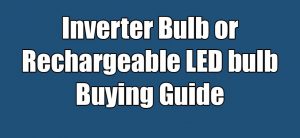SSD Solid State Drive is a storage device like hard disk drive HDD but it gives you faster read and write speeds when running multiple programs simultaneously and also increases your computer boot times. Because it does not have any mechanical moving parts and typically comprises NAND flash memory. Using this you can store and manage your computer data more quickly. External SSD and Internal SSDs are now available.

How to Buy the Right SSD 2021 – 2022
Different types of SSD Form Factors – Which form factor do you need?
In these days SSD comes with different form factors like in weight, dimension, interface and other similar attributes. Find out if you have slots for M.2 SSD drives on your motherboard. If not, you may need a 2.5-inch SSD SATA drive instead.
1. 2.5-inch SSD
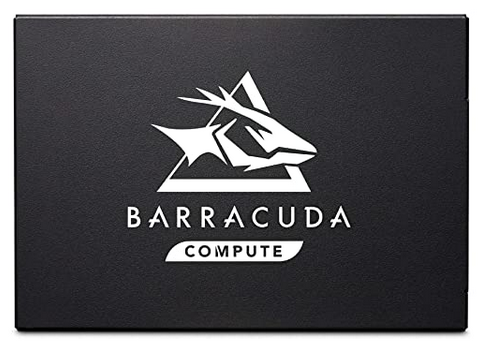
The 2.5-inch SSD mainly comes with regular SATA (Serial Advanced Technology Attachment) interface. If you want to replace your HDD just remove it and connect with 2.5-inch SSD. No need any extra hardware requirement. You just need SATA port support. You can install this type of SSDs on all old and new motherboards.
Best 2.5-inch SATA Internal SSD
Western Digital WD Green [120 GB]
Western Digital WD Green [240 GB]
2. M.2 SSD

M.2 or Next Generation Form Factor (NGFF) is a specification for internally mounted computer expansion cards and associated connectors and it is a new technology.M.2 SSDs are similar to a RAM stick in look and it comes in different sizes. Old motherboards doesn’t come with this M.2 modern interface. So before buying please check with your motherboard manual.
Best M.2 Internal SSD
Western Digital WD Green [120GB]
Western Digital WD Green [240GB]
3. U.2 SSD
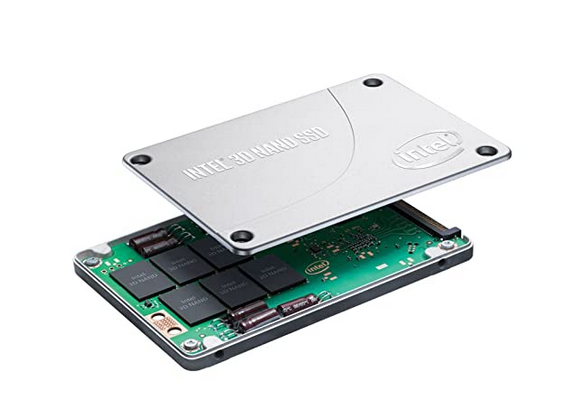
This new 2.5-inch U.2 SSDs look like old SATA hard drives and 2.5-inch SSD but they different connector and send data via the speedy PCIe interface. Mainly for server use.
4. Add-in card (AIC) SSD
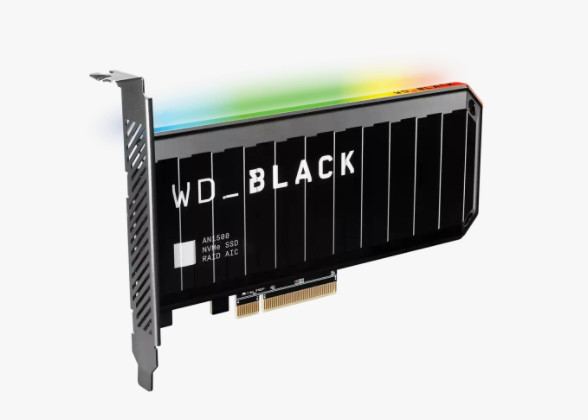
You can connect AIC SSD with PCIe expansion slot and it is good for old motherboards. But if you already have graphics card on that slot then forget it and it is not the preferred choice for an average user.
SSD Storage Capacity – How much storage do you need?
After you have decided on the SSD form factor and the interface, then take decision on its storage capacity. SSDs are little expensive than Hard drive HDD. Normally SSDs range from 120GB to 2TB in market. Normally 256GB and 512GB storage fits in the sweet spot. Here you can install your OS and store some files.
Which type of storage memory (NAND flash) do you need?
If you are using your desktop or laptop for general computing, then you don’t need to pay attention to the type of storage that’s inside the drive. NAND Flash memory classified into SLC (Single Level Cell), MLC (Multi-Level Cell), TLC (Triple Level Cell), QLC (Quad-Level Cell).
SLC (Single Level Cell)
Most Expensive
Fastest
Longer lifespan and charge cycles
wide temperature range
Decent option enterprise use
MLC (Multi-Level Cell)
Expensive
Fast
Average lifespan and charge cycles
enterprise use
TLC (Triple Level Cell)
lower price
less speed
Low lifespan
Decent option for everyday consumer use.
QLC (Quad Level Cell)
Not recommended.
Lower performance and durability

